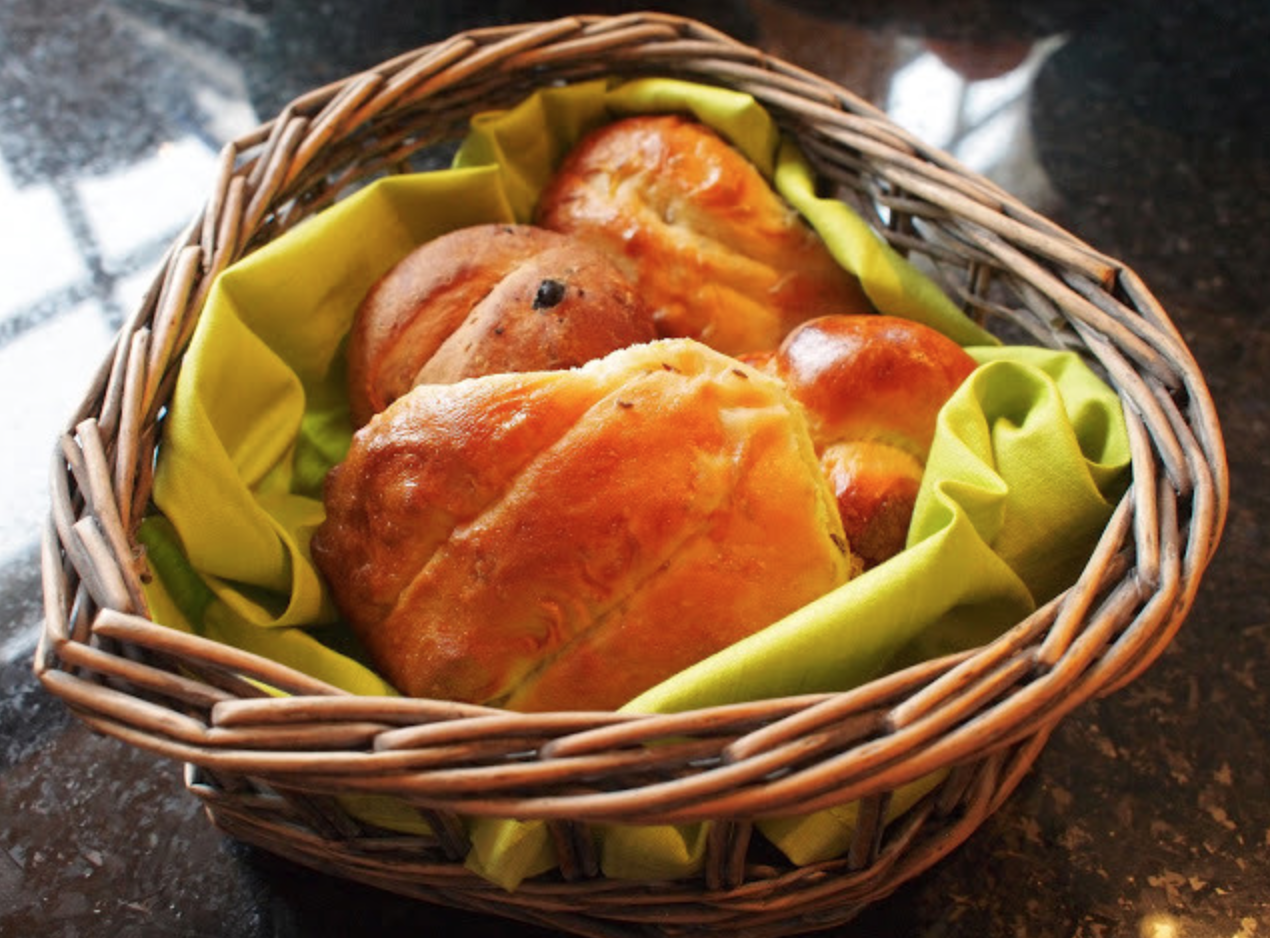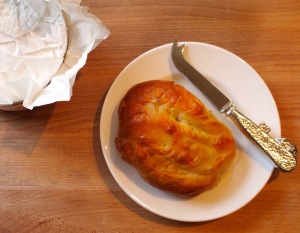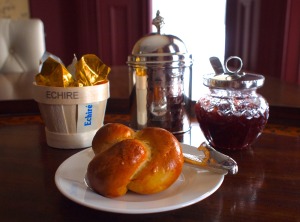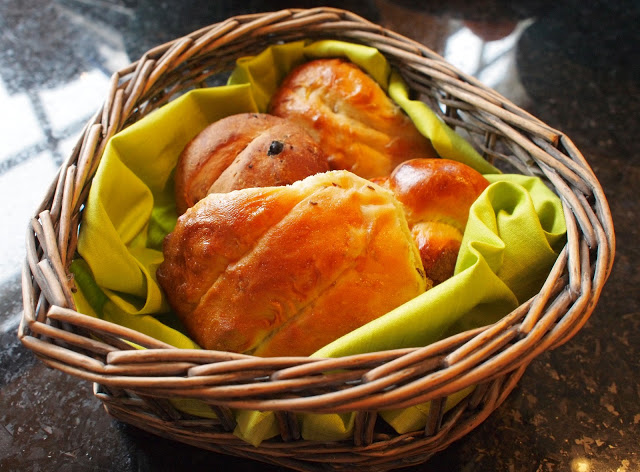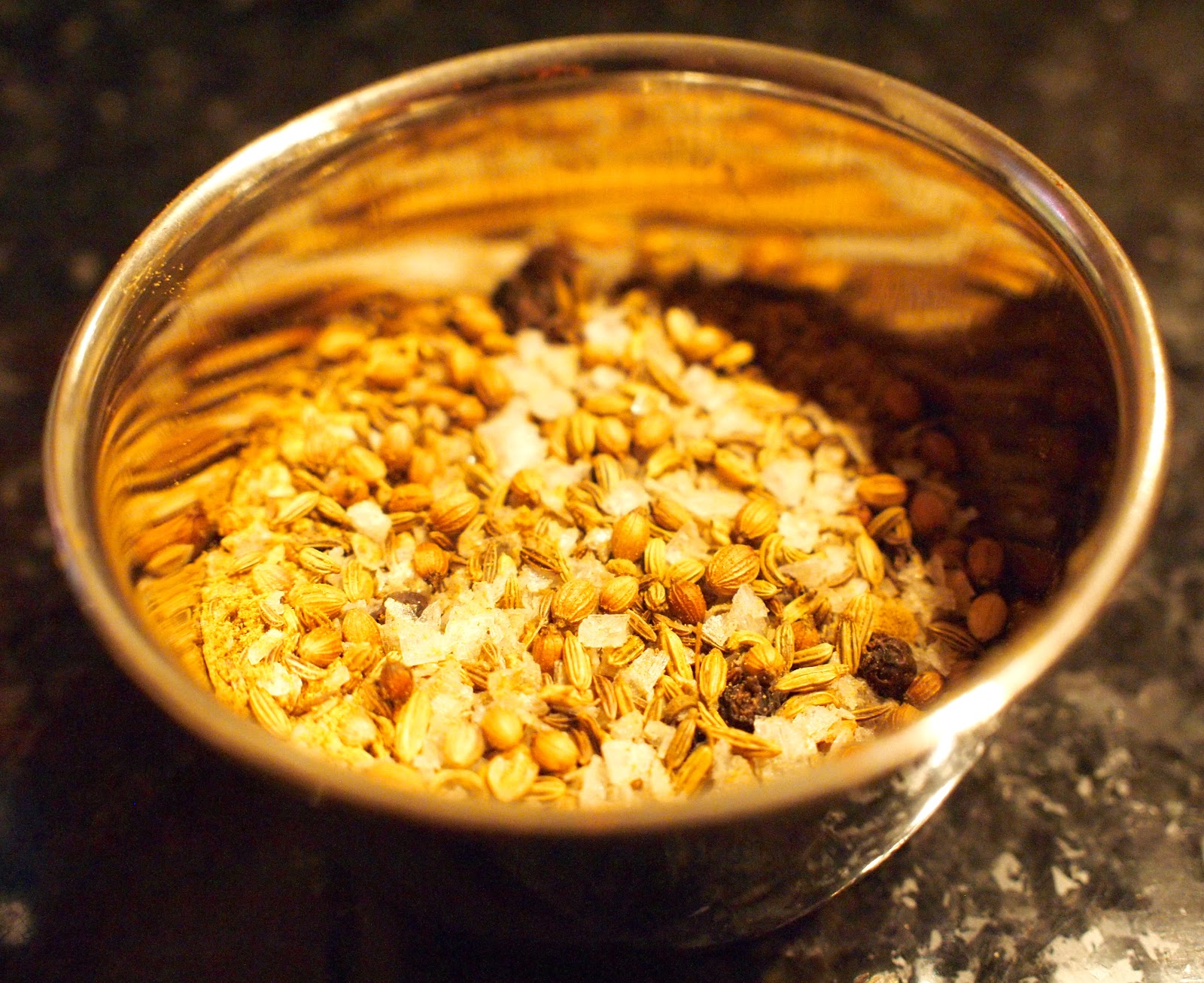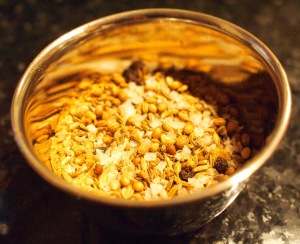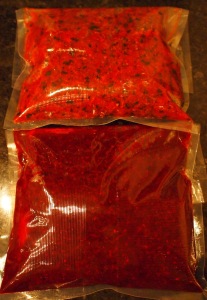 I have several, no, many bread books, which get used to varying degrees. However when I need a basic do-ahead recipe which will be transformed into a variety of uses, I head straight for Peter Reinhart’s Artisan Breads Every Day.
I have several, no, many bread books, which get used to varying degrees. However when I need a basic do-ahead recipe which will be transformed into a variety of uses, I head straight for Peter Reinhart’s Artisan Breads Every Day.
French Bread Recipe
Ingredients:
5-1/3 cups (24 oz / 680 g) unbleached bread flour
2 teaspoons (0.5 oz / 14 g) salt, or 1 tablespoon coarse kosher salt
2-1/4 teaspoons (0.25 oz / 7 g) instant yeast
2 cups (16 oz / 454 g) lukewarm water (about 95°F or 35°C)
Ahead of time:
- Combine all of the ingredients in a mixing bowl. If using a mixer, use the paddle attachment and mix on the lowest speed for 1 minute. If mixing by hand, use a large spoon and stir for 1 minute, until well blended and smooth. If the spoon gets too doughy, dip it in a bowl of warm water. The dough should form a coarse shaggy ball. Let it rest, uncovered, for 5 minutes.
- Switch to the dough hook and mix on medium-low speed for 2 minutes or knead by hand for about 2 minutes, adjusting with flour or water as needed. The dough should be smooth, supple, and tacky but not sticky.
- Whichever mixing method you use, knead the dough by hand on a lightly floured work surface for about 1 minute more, then transfer it to a clean, lightly oiled bowl. Cover the bowl with plastic wrap, then immediately refrigerate overnight or for up to 4 days. If the dough feels too wet and sticky, do not add more flour; instead, stretch and fold it one or more times at 10-minute intervals, as shown on page 18, before putting it in the refrigerator. (If you plan to bake the dough in batches over different days, you can portion the dough and place it into two or more oiled bowls at this stage.)
On Baking Day:
- Remove the dough from the refrigerator about 2 hours before you plan to bake. Gently transfer it to a lightly floured work surface, taking care to degas it as little as possible. For baguettes and batards, divide the cold dough into 10-ounce (283 g) pieces; for 1 pound boules, divide the dough into 19-ounce (53 g) pieces; and for freestanding loaves, use whatever size you prefer.
- Form the dough into batards and/or baguettes (see pages 21 and 22) or boules (see page 20). Mist the top of the dough with spray oil, loosely cover with plastic wrap, and proof at room temperature for about 1-1/2 hours, until increased to 1-1/2 times its original size.
- About 45 minutes before baking, preheat the oven to 550°F (288°C) or as high as it will go, and prepare the oven for hearth baking (see page 30).
- Remove the plastic wrap from the dough 15 minutes prior to baking; if using proofing molds, transfer the dough onto a floured peel.
- Just prior to baking, score the dough 1/2 inch deep with a serrated knife or razor. Transfer the dough to the oven, pour 1 cup of hot water into the steam pan, then lower the oven temperature to 450°F (232°C).
- Bake for 12 minutes, then rotate the pan and bake for another 15 to 25 minutes, until the crust is a rich golden brown, the loaves sound hollow when thumped, and the internal temperature is about 200°F (93°C) in the center. For a crisper crust, turn off the oven and leave the bread in for another 5 minutes before removing.
- Cool the bread on a wire rack for at least 45 minutes before slicing or serving.
Variation:
- By simply varying the method so that the shaped loaves undergo cold fermentation, rather than the freshly mixed bulk dough, you can create a spectacular loaf with a distinctive blistered crust. After the dough is mixed and placed in a clean, oiled bowl, let it rise at room temperature for about 90 minutes, until doubled in size. Divide and shape as described above, mist with spray oil, then cover the shaped dough loosely with plastic wrap and refrigerate it overnight, away from anything that might fall on it or restrict it from growing.
- The next day, remove the dough from the refrigerator 1 hour before baking. It should have grown to at least 1-1/2 times its original size. Prepare the oven for hearth baking, as described on page 30. While the oven is heating, remove the plastic wrap and let the dough sit uncovered for 10 minutes. Score the dough while it’s still cold, then bake as described above.
